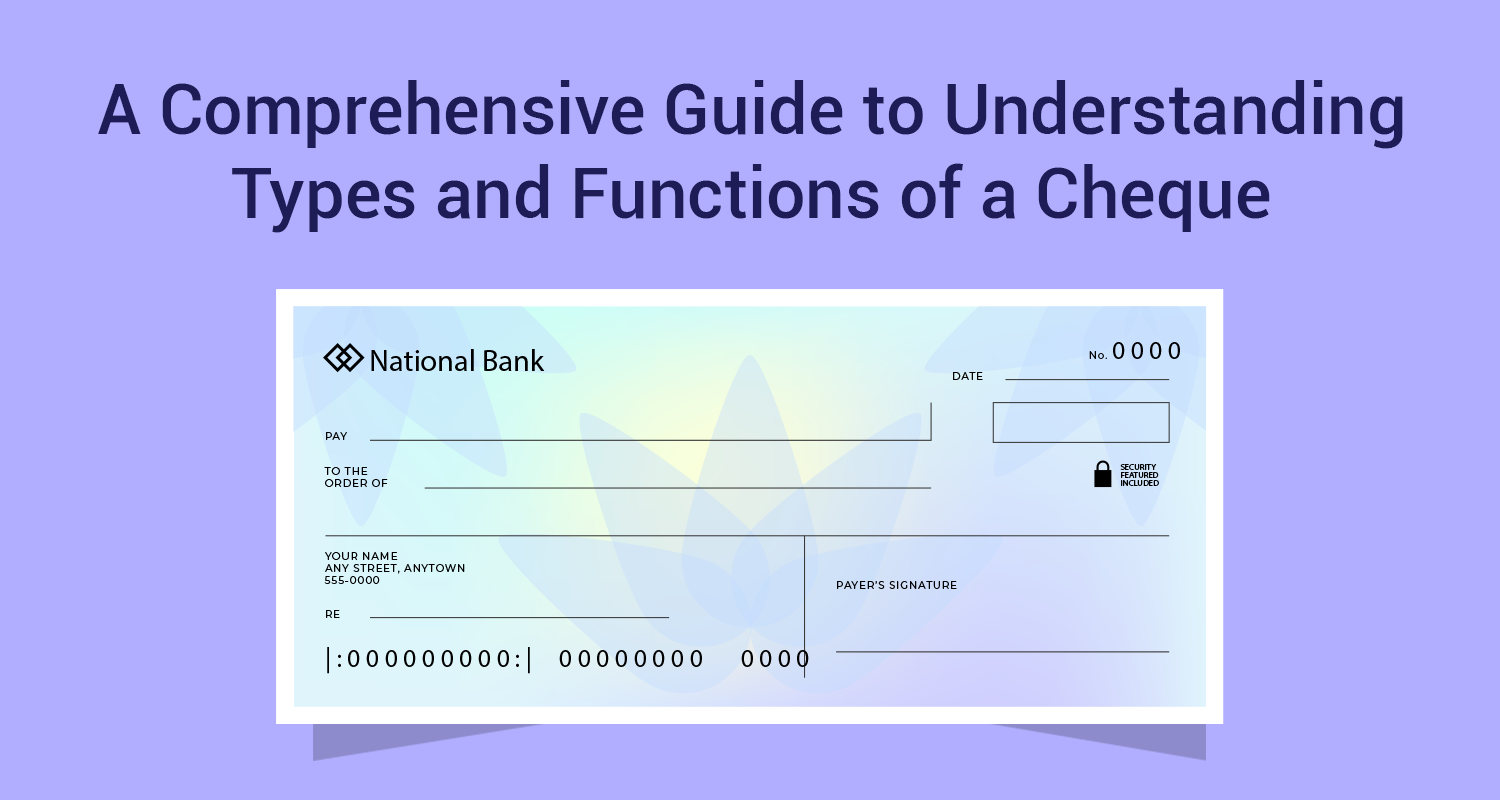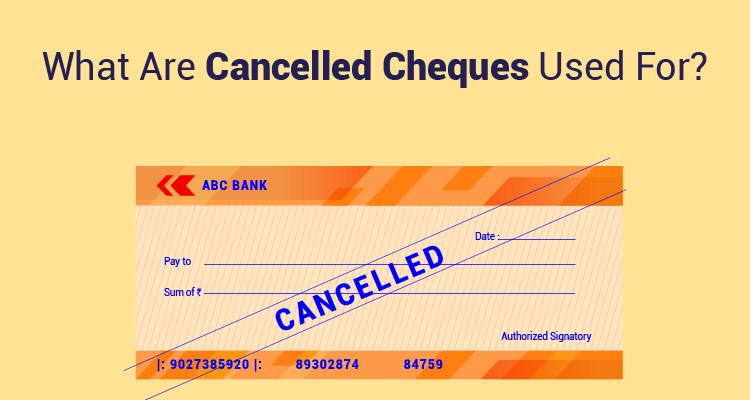If I Invest Rs.40,000 Lump-Sum, How Much Will I Get after 10 Years?

Can mutual funds also help lump-sum investments to grow? The answer is why not? After all mutual funds are agnostic towards whether you invest lump-sum or through a SIP. If the equity markets are performing well then your equity fund should perform well too. Over a longer period of time (10 years is a fairly long time) your positives of investing in equity should broadly outweigh the negatives.
How Will Rs.40,000 Grow in 10 Years?
Particulars
Balanced Fund
Index Fund
Equity Diversified Fund
Sectoral / Thematic Fund
Starting Corpus
Rs.40,000
Rs.40,000
Rs.40,000
Rs.40,000
CAGR growth (%)
11.5%
12.5%
14.5%
16.5%
Investment period
10 Years
10 Years
10 Years
10 Years
Final Value
Rs.1,18,798
Rs.1,29,892
Rs.1,54,923
Rs.1,84,213
Wealth Ratio
2.97 times
3.25 times
3.87 times
4.61 times
Three Things Follow from the Table Above:
- If you really want to make your lump-sum investments work then you need to start off with a fairly large corpus. With a small corpus of Rs.40,000; there is only so much wealth that you can create even if you take the risk of sectoral funds.
- In lump-sum investing, if the initial base amount is small, it takes a very long time for the compounding to build momentum and take you closer to a level where you can generate genuine wealth out of this money.
- In any lump-sum investment the timing of the entry matters a lot. In practice timing can be quite difficult even for the best of traders and investors.
How about Trying out Direct Equities?
One of the ways to invest a sum of Rs.40,000 is to take a risk on direct equities. Of course, you need to do in-depth research and then take a risk on a stock after talking to your broker and your financial advisor. The point is that 10 years is a long time for a stock to show outstanding price performance. Let us look at some stars of the last 10 years.
- Eicher Motors moved from being an Rs.200 stock to an Rs.30,000 stock. That is a phenomenal price appreciation in the last 10 years. This 150 bagger would have taken the value of Rs.40,000 to Rs.60 lakhs. Surely, that sounds salivating!
- TTK Prestige moved from be a Rs.100 stock to being a Rs.8,800 stock over the last 10 years. Even at the current price of Rs.5700, the stock is still a 57-bagger in 10 years.
- Indo Count Industries appreciated from a Rs.12 stock in 2007 to a Rs.1000 stock in 2016. Even after the recent correction, the stock (in pre-split terms) is still a 40 bagger.
How to Avoid Getting Stuck in the Wrong Equities?
The reality is that stocks like Eicher, TTK Prestige and ICIL are never easy to find at the early stages. Here are 3 checks that you can apply before taking a decision to invest in the stock.
- Is the stock / company doing something disruptive? This can be in the form of a new product or repackaging an existing product with new utilities. It is normally disruptive companies that create wealth over time.
- Once the above test is passed, take a view on the management of the company. Focus on companies that are transparent, disclose information to shareholders and maintain standards of corporate governance. They are more likely to sustain returns.
- These stocks once initiated, need to be monitored. Good stocks will give good returns if two conditions are met. Firstly, the company should be able to scale up operations rapidly. Secondly, the growth in sales, profits and ROE should show up.
Always Prefer a SIP over a Lump-sum Investment
An amount of Rs.40,000 is something you can take a risk on and invest in equities. If things work out your way, you can end up with a neat pile at the end of 10 years. Ideally, a SIP approach will work better for you because you do not have to worry about timing the markets. The SIP automatically neutralizes the market volatility over time and ensures that you get the best possible buying price, thus improving chances of being profitable.
There is something interesting for you to know here. Even if you get a lump-sum, you can invest it as a SIP. In mutual fund parlance it is called systematic transfer plan (STP). Here you invest the entire lump-sum money in a liquid fund and then sweep a fixed sum out of that into equity fund each month. Your SIP gives you rupee cost averaging (RCA) and your idle money earns more than a savings bank account. That is an arrangement you can surely try out!
Disclaimer : The information in this blog is for general purposes only and may change without notice. It does not constitute legal, tax, or financial advice. Readers should seek professional guidance and make decisions at their own discretion. IIFL Finance is not liable for any reliance on this content. Read more



